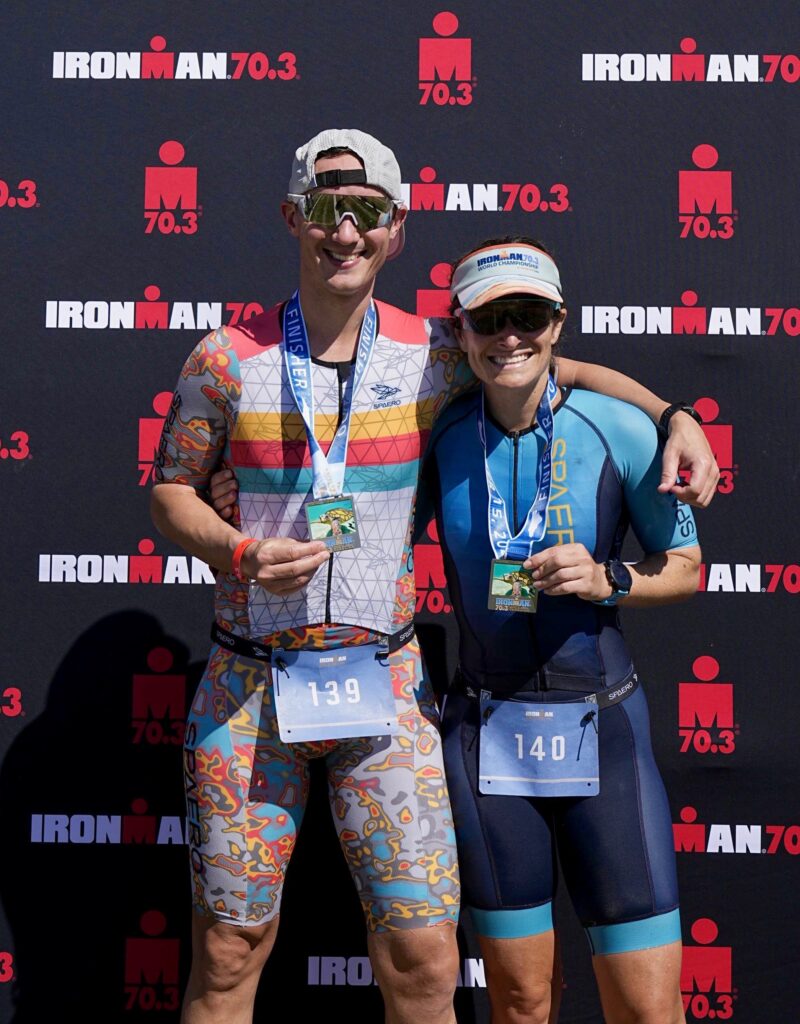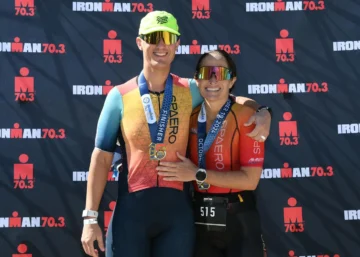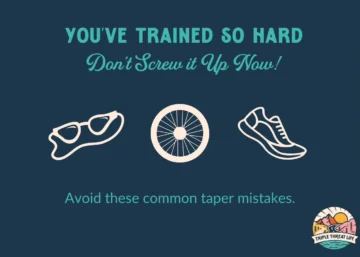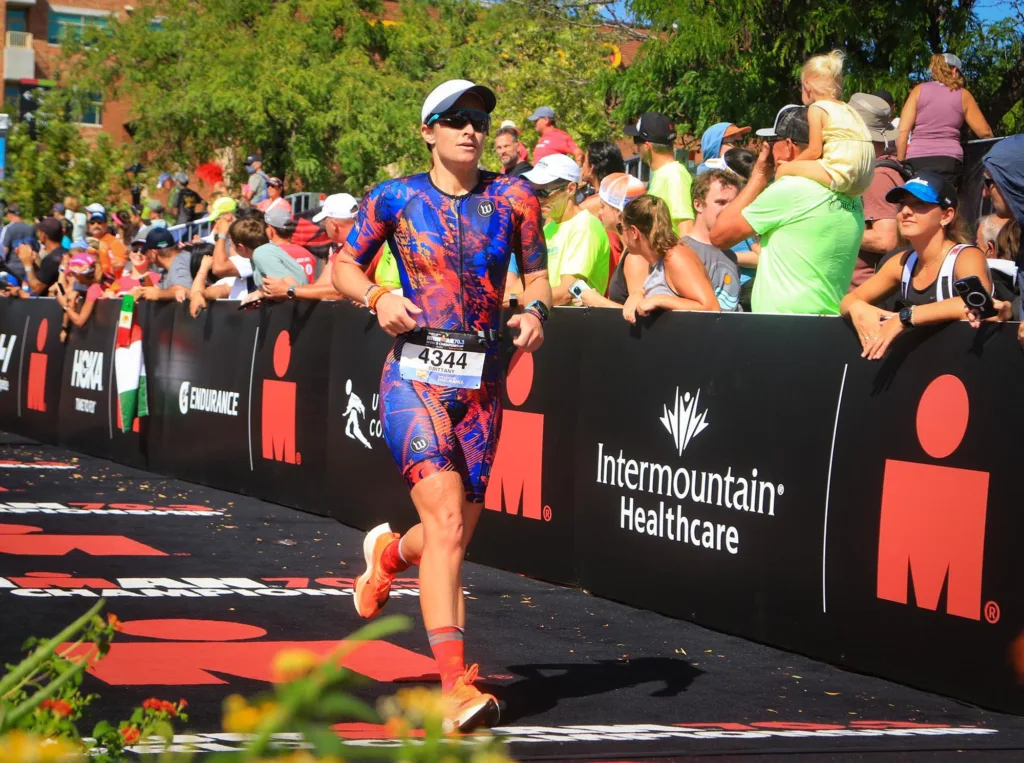
It’s race week! Congratulations for surviving to this point, both physically and mentally. Now, the fun part begins.
Matt and I are heading to St. Anthony’s Triathlon this weekend. As we were going though our pre-race preparations, it got me thinking.
There are certain things we do to ensure that we’re prepared, calm, and focused heading into race day. So I wanted to share our process with you.
“Prior preparation prevents poor performance.”- James Baker
Our process for race week varies a bit depending on a few factors, specifically the distance of the triathlon and where it’s located. For example, there are more logistics involved with a triathlon that you have to fly to as opposed to one that’s a short drive away. Also, a 70.3 or Ironman will require more planning and preparation than a sprint or Olympic.
That being said, the basic process for our pre-race preparation is the same.
1.Make sure you have enough race nutrition– Ideally, this is something you would’ve checked weeks ago. Most of us can’t pick up our race nutrition at the grocery store, so we have to plan ahead if we need to order off Amazon or The Feed. For a big race, like a 70.3 or Ironman, we check our nutrition stock a few weeks ahead of time and make sure we have enough carb mix, gels, salt tabs, recovery powder, and anything else we might need for race week. One time we didn’t do this- Augusta 70.3 last year- and had to rely on our friends to make up the extra nutrition that hadn’t arrived in time.
2.Get a bike tune-up– This is crucial for any distance of triathlon. For a smaller race, like a sprint or Olympic, we double check things ourselves and then run by the local bike shop if we have any last minute concerns. After our last outside ride before the race, I give our tires a good once-over to make sure there aren’t any small slits where a piece of gravel or glass might’ve gotten stuck. Road debris can work its way into tires and it’s good to remove any small pieces you can find.
For a 70.3 or Ironman, we schedule a full bike tune-up about a month before the race. They look at things like brakes and cables, tighten any bolts, make sure the derailleur is adjusted properly, check shifting, and we also get new tires.
If you have electric shifting, make sure it’s been charged recently. Also, we bring our chargers to the race just in case a button gets pressed during transit and drains the battery. This is also a good time to charge your watch and replace any coin batteries in a power meter, cadence sensor, and heart rate strap. Also, make sure you have what you need as far as a flat kit- extra tube, Co2 cartridges, tire levers.
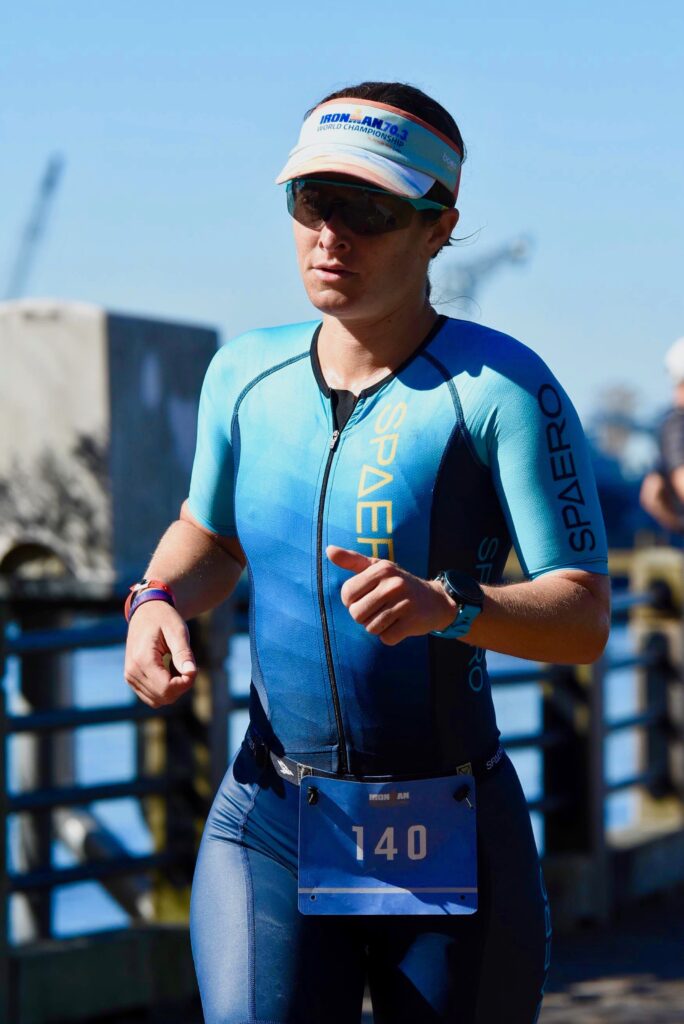
3.Test your race kit– I actually did this today! I have a new kit for this season that I haven’t worn yet, so I tried it out on my indoor trainer ride. I’ve worn this size and brand before, but I always like to check any new clothes, because there might be a scratchy seam or tag that needs trimming.
The same applies for new shoes, even if they’re the same size and model we’ve used before. We put stretch laces in Matt’s new race shoes last night, so he took them out for a spin this morning to make sure the tension was adjusted properly. Typically, he likes to wear any new shoes to work for one day, just to break them in before he runs in them for the first time. We try out everything ahead of the race, including kit, socks, shoes, hat, headband, glasses, ect.
4.Practice transitions– St. Anthony’s will be our first race of the season. The last time Matt or I did any transitions was four months ago. To practice, we set up our T1 and T2 gear in the living room, just like we will have it organized during the race. We make sure everything is set up in order of event and facing the right direction. Then, we go through the motions and practice each part of transition.
We prefer to wear cycling shoes and will wear socks for this race distance. To speed up this process, we roll them down slightly and tuck them in, so they’re easy to grab and pull on. I make sure my BOA is clicked down and the tension is adjusted so all I have to do is spin the dial and go.
We time ourselves to see where we can shave off seconds and make our transitions more efficient. That means doing little things like unbuckling and buckling our helmets and taking shoes on and off.
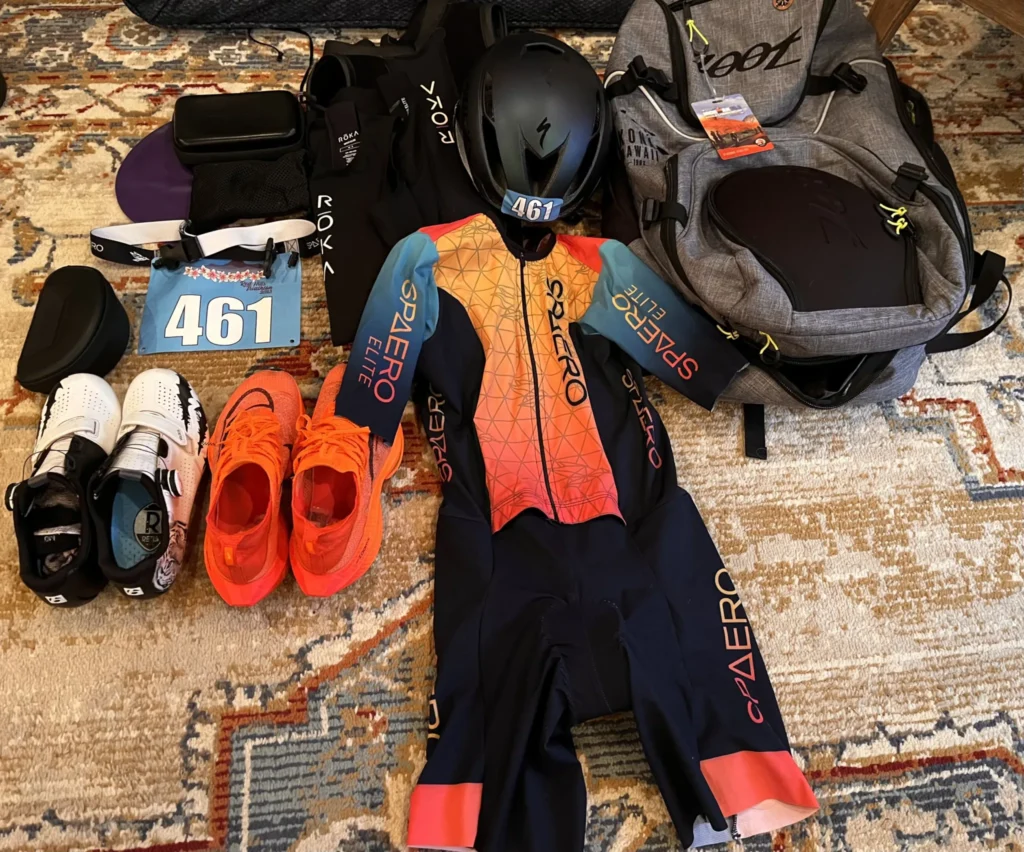
5.Check your packing list- Now that all your gear is gathered in one place, it’s the perfect time to go though your packing list. We have a master list we check twice to make sure we have everything we will need for the race. This not only includes gear, but also things like Body Glide, earplugs, electrical tape, safety pins, plastic bags, sunscreen, ect.
Click here to check out my Ultimate Triathlon Packing Guide with a free PDF that you can save to your phone or print out.
6.Read the Athlete Guide– This is especially important for a 70.3 and Ironman, but it’s still a good idea for short course triathlons as well. The Athlete Guide will have a schedule of events with times that transition opens and closes, instructions for the race start, course maps, nutrition guidance, rules, and more.
If you’re a beginner, pay particular attention to the rules so you know what you can and can’t do. For example, you have to buckle your helmet before you can touch your bike, and you must wear a race bib on the run. It will also have guidance about temperature cut-offs for wetsuit use and rules about drafting. Here are the 8 most commonly violated rules from USAT.
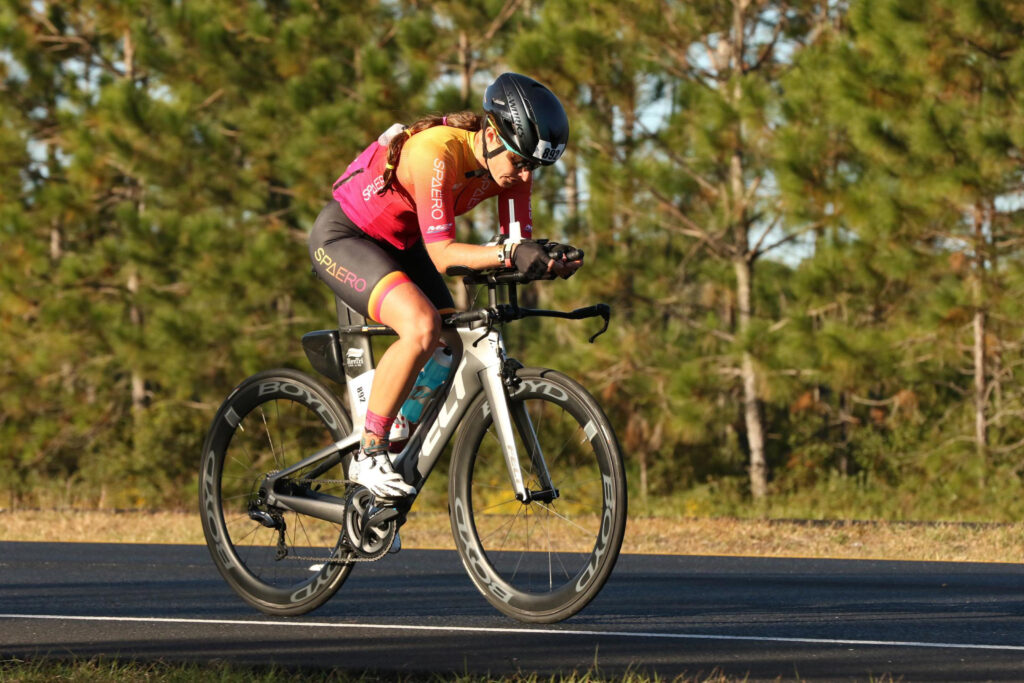
7.Review pacing strategy and race plan– Sometimes, our coaches put this information in our Training Peaks. It might include things like nutrition suggestions, pacing guidance for the bike and run, as well as any pre-race set up info. Theoretically, you will have practiced your race pace over the past few months, so you should have some idea of what you can accomplish. But execution is an entirely different thing.
We make a plan for each part of the race: how we want to start out the swim, what power we need to hold on the bike, and what pace and heart rate range we need to stay in on the run. But keep in mind that things rarely go exactly to plan, so leave room for adjustment knowing that you’ll have to work with whatever your body gives you on the day.
8.Create a mantra and mental cues– This is a big one for me. I believe the value of a great mantra or specific mental cues can’t be overstated. The best ones are short, specific, and memorable. The difference between a mantra and a mental cue is that a mantra focuses more on experience and emotion, while a mental cue is instructional.
Typically, I select a different mantra for each race and have mental cues I use for each discipline. For example, during the swim, I need to think, “Push to glide,” so I will shorten up my hand entry instead of reaching too far out over the water. I have a tendency to get distracted on the bike, so I might use something simple like, “Refocus on the numbers,” as a reminder to check my power, heart rate, and RPE. For the run, I need to pay attention to my breathing and be patient at the start so I don’t go out too hot. I might use something like, “Deep breaths, patience.”
A mantra might be something like, “You’ve got this” or “Go for it,” if you need a reminder of your strength and provide inspiration. If you’re feeling anxious, “One step at a time,” might remind you to stay in the moment so you don’t get overwhelmed. Basically, think about whatever feeling you’re trying to achieve and then craft your mantra and mental cues to accomplish that purpose.
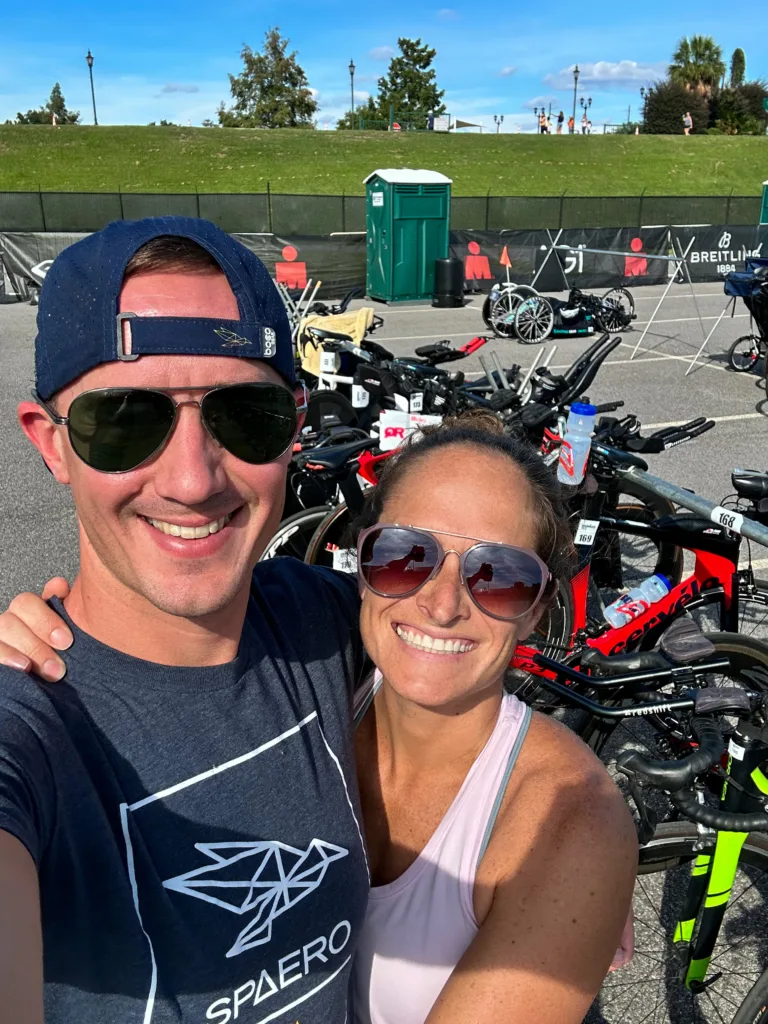
9.Plan your pre-race dinner and breakfast– We typically cook the night before a race for a few reasons. First, we have control over what we’re eating. Second, we can make sure the meal is something our stomachs are used to. For example, prior to Ironman Florida last year, I ate baked chicken with garlic mashed potatoes and chicken noodle soup. Fairly bland with a good mix of protein, carbs, and salt. Although it’s fun to eat at restaurants when you’re out of town, we save that for the post-race celebration.
We also like staying at an Airbnb, so we can cook breakfast on race morning. Sometimes, we have scrambled eggs with a buttered bagel or waffles with light syrup.
10.Make a race morning plan– The last thing we do is make a plan for race morning. We look at what time transition opens and closes and then decide how much time we need to set up transition, do a pre-race run, get in our wetsuits, and be at the swim start to get the position we want. Once that’s decided, we back track to determine when we need to get up in the morning to have time to eat breakfast, make nutrition bottles, drive to the race, and park.
There’s nothing worse than rushing around on race morning. We typically plan for an hour once we’re at the race to get transition set up, do any pre-race prep, and get down to the swim start.
Race week is an exciting time, but it can also be filled with a lot of stress and anxiety if you haven’t properly prepared. Hopefully, this checklist of 10 essential steps will help you ahead of your next race!
